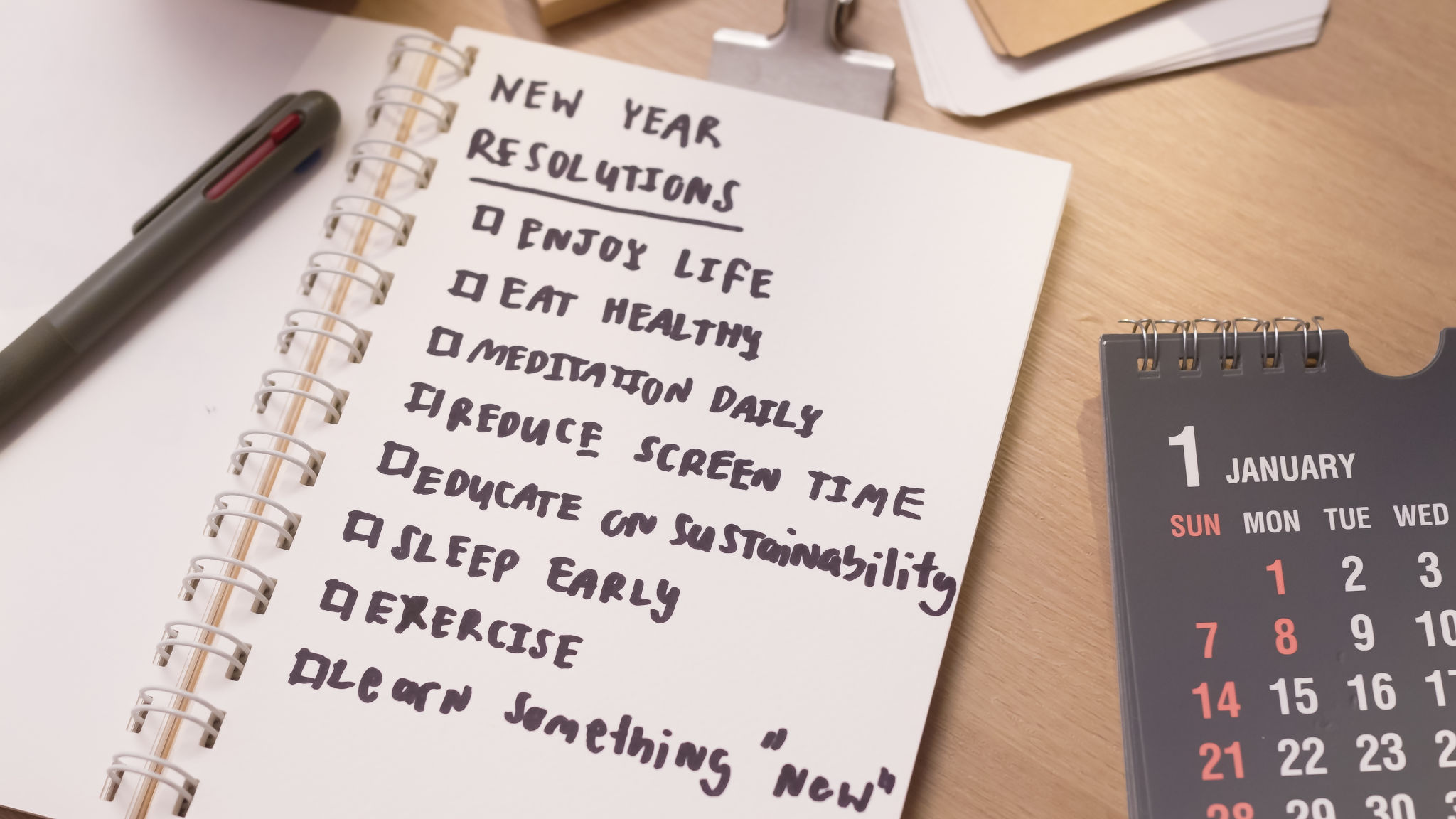How to Create a Personalized Fitness Plan: Step-by-Step
Understanding Your Fitness Goals
Creating a personalized fitness plan begins with understanding your unique goals. Are you aiming to lose weight, build muscle, increase endurance, or improve overall health? Clearly defining your objectives will guide the direction of your fitness journey. Take some time to reflect on what you want to achieve and write down your goals. This can provide motivation and a sense of purpose as you progress.

Assessing Your Current Fitness Level
Before diving into a new fitness regimen, it's essential to assess your current fitness level. This will help you identify your strengths and areas that need improvement. Consider taking measurements such as body weight, body composition, and recording your current ability in exercises like push-ups, sit-ups, or a timed run. Knowing where you start allows you to track progress effectively.
Consulting a Professional
If you're uncertain about how to evaluate your fitness level, consider consulting a fitness professional or a personal trainer. They can provide valuable insights and help you establish a baseline. Additionally, they can advise on safe exercise practices tailored to your needs and abilities.
Designing Your Workout Routine
Once you have a clear understanding of your goals and current fitness level, it's time to design your workout routine. A balanced plan should include a mix of cardiovascular, strength, flexibility, and balance exercises. Here’s a simple structure to follow:
- Cardiovascular Exercise: Aim for at least 150 minutes of moderate aerobic activity or 75 minutes of vigorous activity per week.
- Strength Training: Include exercises for all major muscle groups at least two days per week.
- Flexibility and Balance: Incorporate stretching or yoga sessions regularly to enhance flexibility and balance.

Setting Realistic Milestones
Break down your long-term goals into smaller, achievable milestones. This approach not only makes the process less overwhelming but also allows you to celebrate small victories along the way. For example, if your goal is to run a 5K, set progressive targets such as running one mile without stopping or improving your pace gradually.
Nutritional Considerations
Your diet plays a crucial role in achieving fitness goals. It's important to fuel your body with the right nutrients to support your activities. Focus on a balanced diet that includes lean proteins, whole grains, healthy fats, and plenty of fruits and vegetables. Stay hydrated by drinking adequate water throughout the day.

Tracking Your Progress
To stay motivated and on track, regularly monitor your progress. Use tools like fitness apps, journals, or wearable technology to record your workouts, track improvements, and adjust your plan as needed. Seeing tangible evidence of progress can boost confidence and encourage continued effort.
Staying Motivated
Maintaining motivation is key to sticking with your personalized fitness plan. Find activities you enjoy, set new challenges, and consider exercising with friends or joining fitness classes for variety and social interaction. Remember to reward yourself for reaching milestones to keep the journey enjoyable.
Creating a personalized fitness plan requires thoughtful planning and dedication. By understanding your goals, assessing your current fitness level, designing a tailored routine, and staying motivated, you can embark on a successful fitness journey that leads to long-lasting health benefits.
